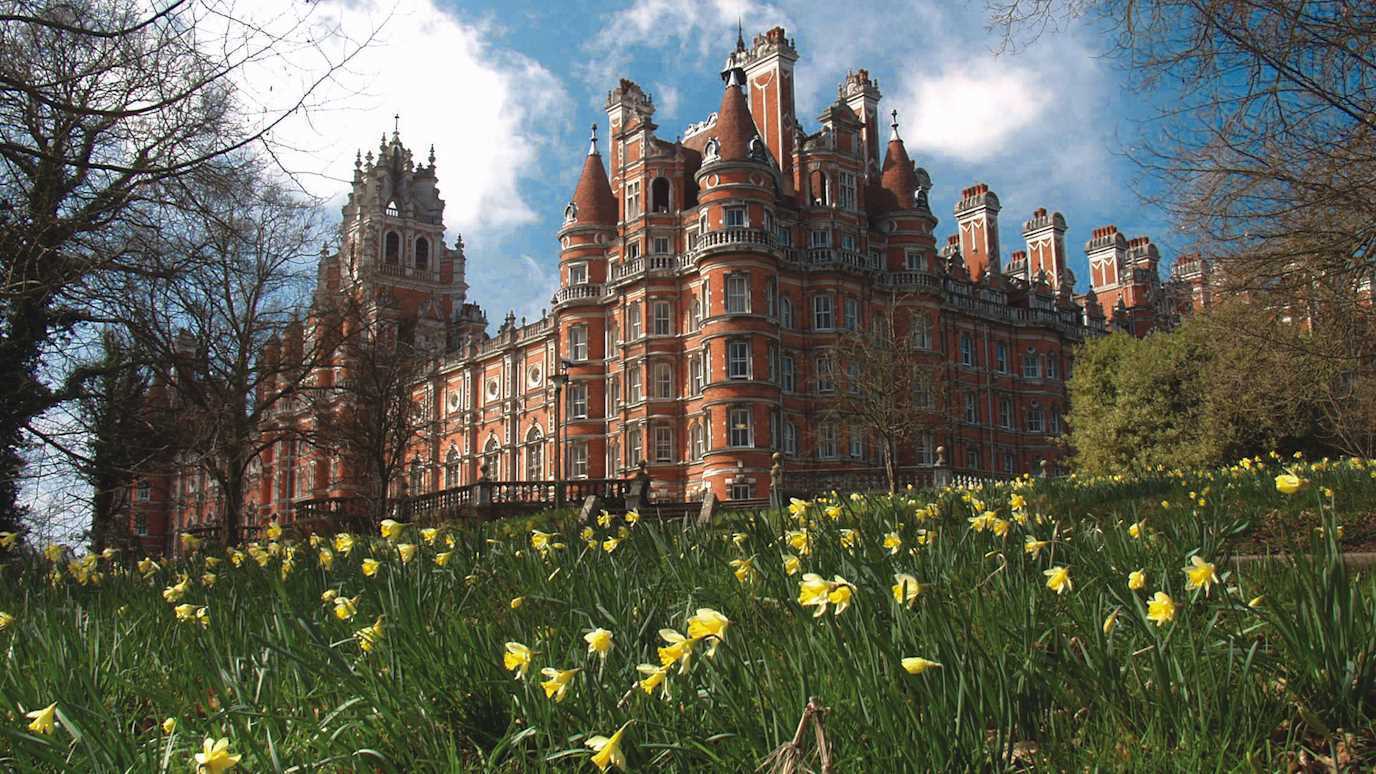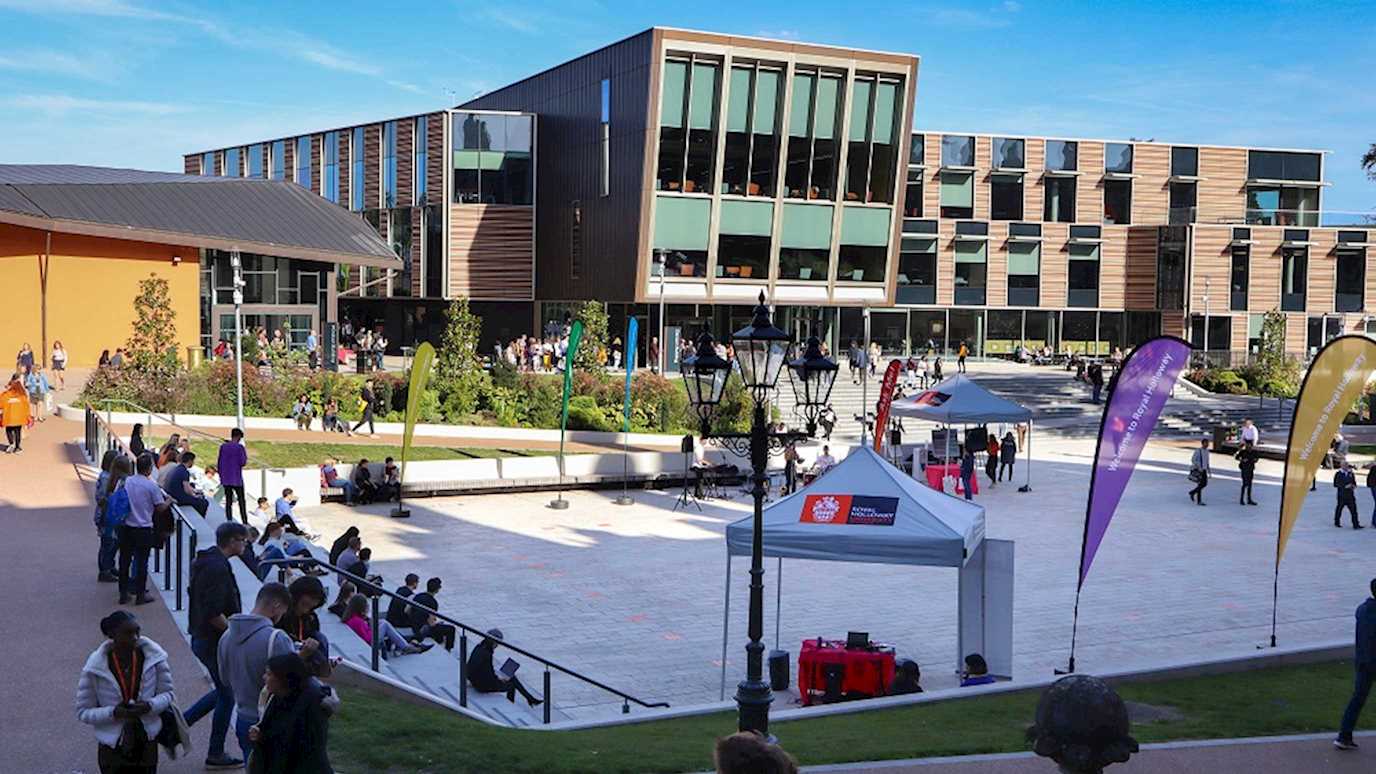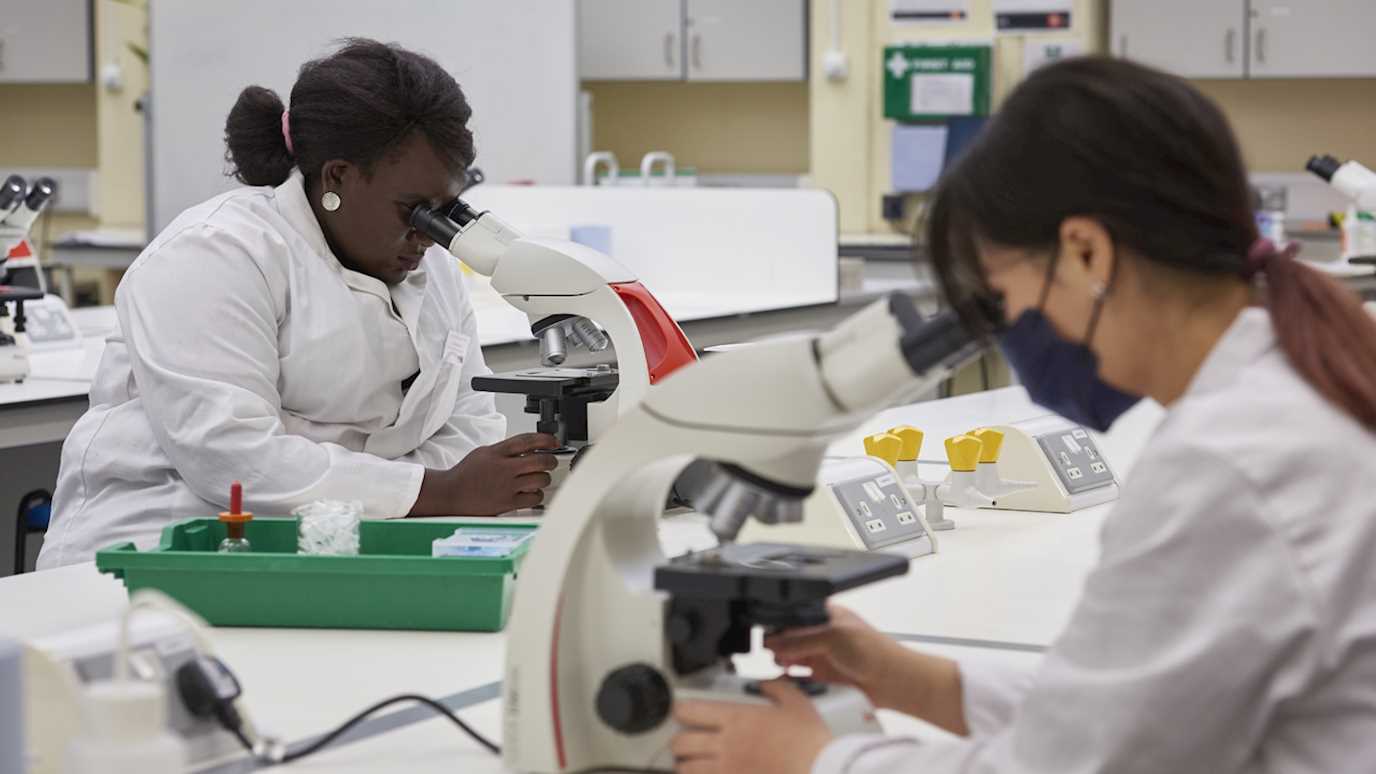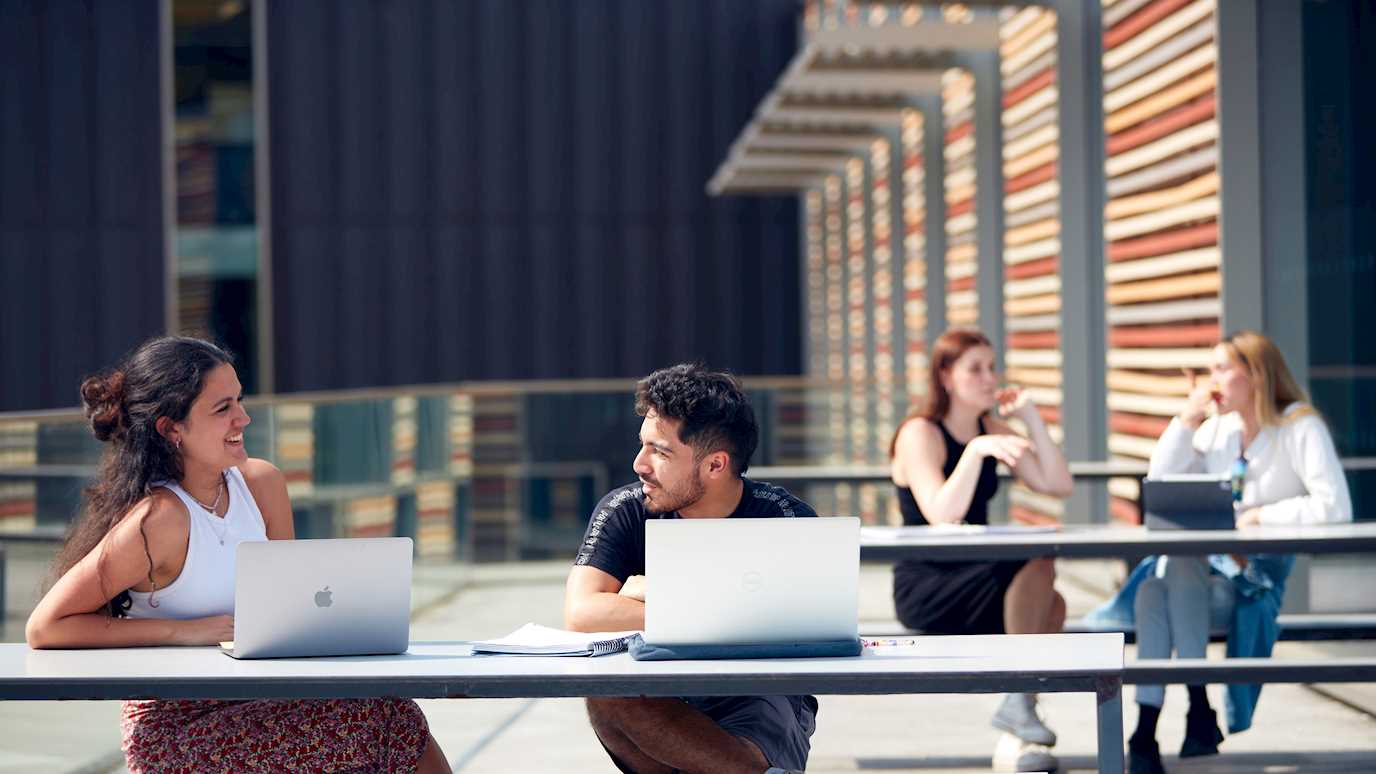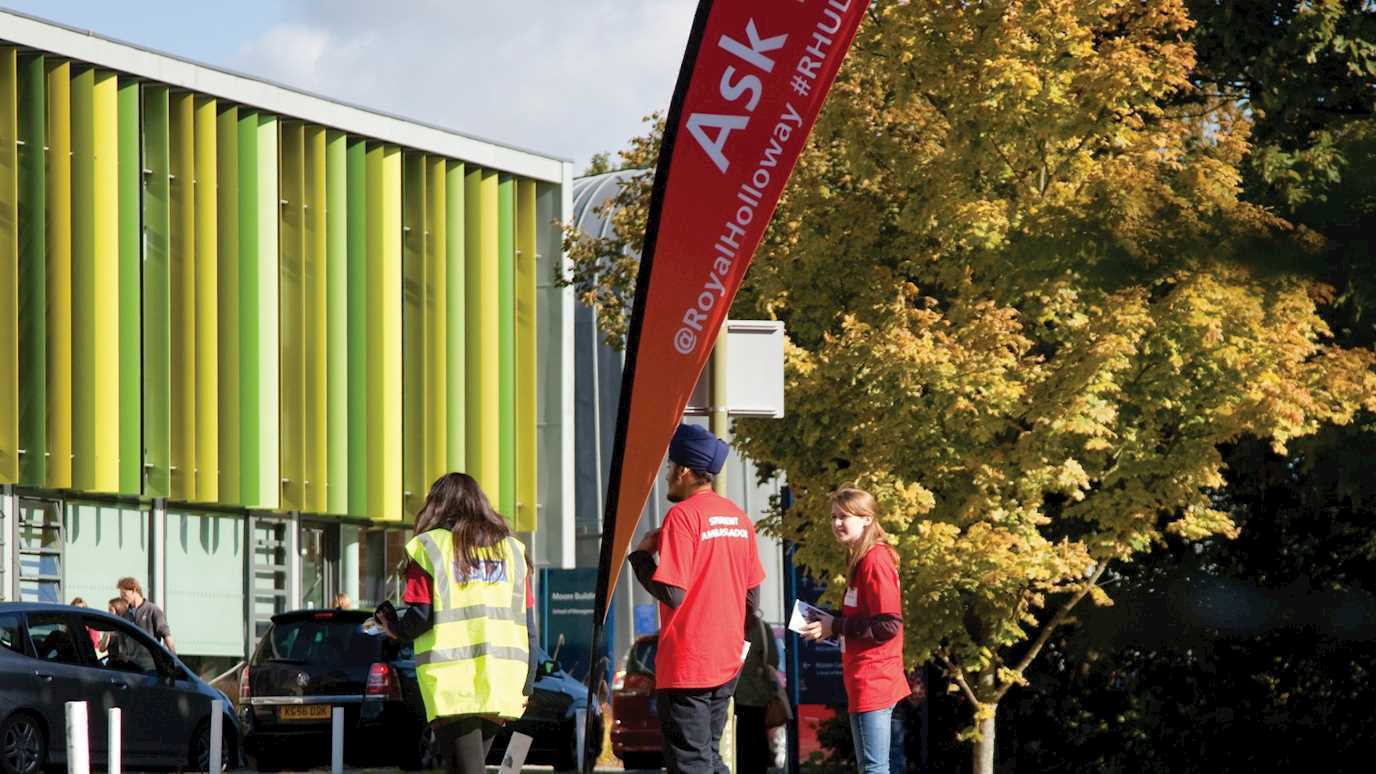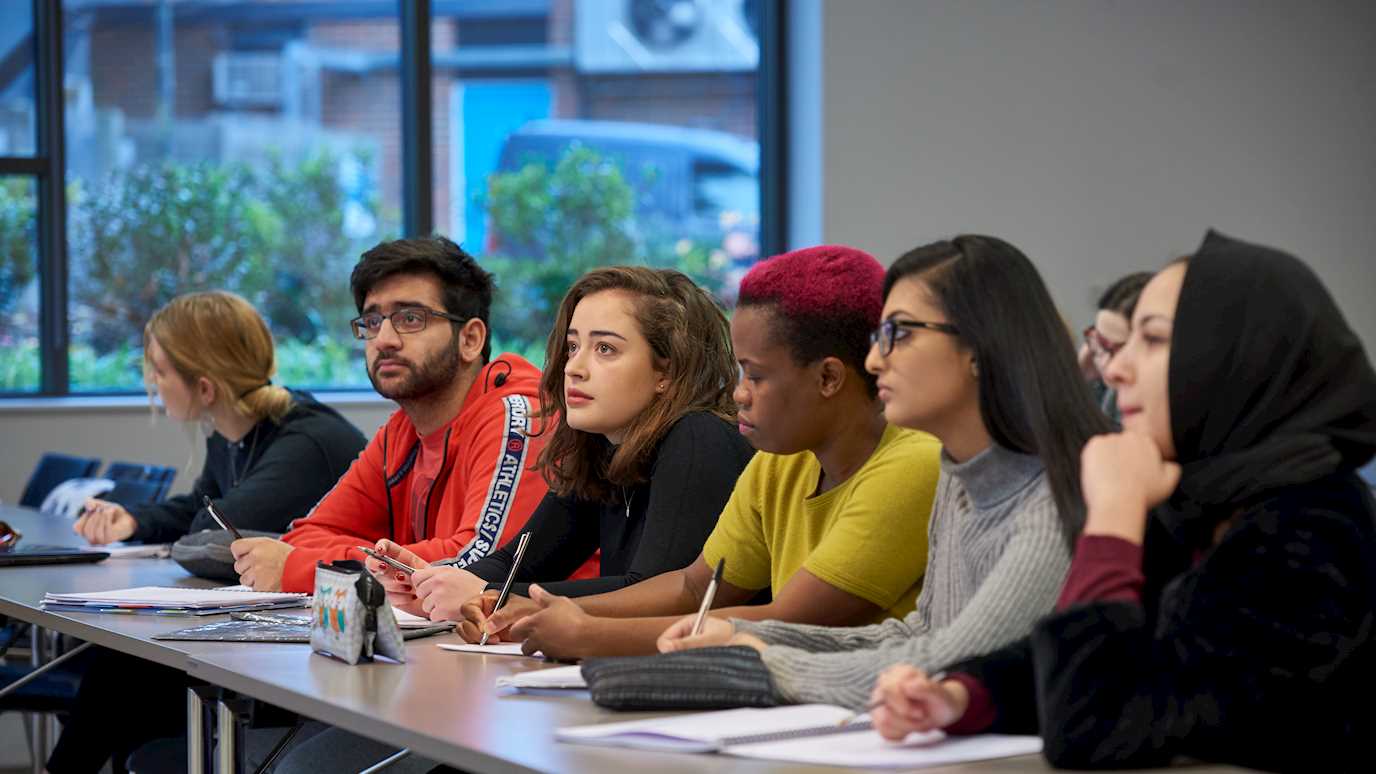Projects and supervisors
Choose from the projects listed below.
Professor Mark Brown
Protecting the world’s largest bumblebee – mitigation through males?
Bumblebees are the unfortunate poster-child for insect declines around the globe. As well as their intrinsic value, they are essential for wildflower and crop pollination, making their conservation essential. In Argentina, populations of the world’s largest bumblebee (Bombus dahlbomii) have collapsed dramatically, and this is linked to the invasion of South America by European bumblebees that are used for commercial pollination. One way to protect remaining threatened populations of B. dahlbomii may be to manage invasive bumblebees during the mating season. This project will determine the sexual chemicals of native and invasive bumblebee males, and design and test pheromone-based male traps to control invasive bumblebee populations. It will require fieldwork in Argentina.
This masters project is a collaboration with Dr Marina Arbetman (CONICET, Argentina), a world-leader in the conservation of Bombus dahlbomii, and will involve lab and field work in both Argentina and the UK.
Parasites, pollinators, and plant chemicals
Pollinators, like bumble bees, are essential to natural ecosystems and human food supplies, but they are facing declines around the world. Parasites have been suggested to be behind some of these declines. Consequently, understanding how bees protect themselves against parasites is an important question. One way that bees might be able to protect themselves is by self-medication – taking advantage of plant-produced chemicals to control parasites. This project will use bumblebees, a gut parasite, and nectar chemicals to ask if, how, and when bumblebees use plant chemicals to protect themselves against parasites.
This masters project will be associated with an on-going NERC-funded research project that is a collaboration between Royal Holloway and the Royal Botanic Gardens Kew.
Pollinator exposure to agrochemicals in natural ecosystems
Pollinators, like bumble bees, are essential to natural ecosystems and human food supplies, but they are facing declines around the world. Pesticides have been suggested to be a major driver of these declines. However, whether the impacts of pesticides on bees is limited to agricultural areas or occurs in adjacent natural areas, or other areas, is largely unknown. This project will investigate the exposure of pollinators to pesticides in non-agricultural habitats to understand whether pesticides threaten pollinators more broadly than currently assumed.
This masters project will be associated with an on-going EU-funded research project called WildPosh (https://www.wildposh.eu/).
Research pages - Professor Brown
Dr Deborah Harvey
How does connection to nature affect science attainment in school pupils
This Masters is part of the Royal Holloway Schools’ Biodiversity Project and will investigate how working with children in their school grounds affects their connection to nature and science attainment, particuarly in biology but also more generally. You will visit children weekly and work with them on projects to monitor species or create habitats in their grounds. The ability to work with children and to handle a wide range of species is essential. You will learn social science surveying and analysis techniques as well as identification, surveying and data collection techniques suited to citizen science projects centred around children.
Research pages - Deborah Harvey
Professor Vincent Jansen
Models for social interaction in microbes
Microbes interact in various ways, for instance they can release antibiotics to stave off competitors, or they can release substances which help other microbes take up iron from the environment. In this way basic ecological interactions, such as competition or mutualisms can be realised in very simple organisms. This project aims to develop simple models for the interaction of microbes. Once such a model is formulated and analysed, it can then be used to study the evolution of microbes in a theoretical fashion. This project will concentrate on the production of siderophores, which allow microbes to interact through the production of a public good. This is a theoretical project that will require some experience and interest in mathematical modelling.
Research Pages - Vincent Jansen
Models for social interaction between fungi and plants
Fungi interact with plants in various ways, for instance as pathogen, but they can also engage in a mutualistic interaction through the formation of mycorrhizas. They can release antibiotics to stave off competitors, or they can release substances which help other microbes take up iron from the environment. In this way basic ecological interactions, such as antagonisms or mutualisms can be realised. This project aims to develop simple models for the plant-fungal interaction of microbe. Once such a model is formulated and analysed, it can then be used to study the evolution of microbes in a theoretical fashion. This is a theoretical project that will require some experience and interest in mathematical modelling
Research pages - Professor Jansen
Professor Julia Koricheva
Behaviourally mediated trophic cascades
Predators can affect herbivores not only directly, through predation, but also by altering their behaviour and habitat use. For instance, a common tactic for ungulates in the presence of predator risk is to increase vigilance levels while foraging, which might change their feeding behaviour and resulting browsing pressure on plants. Behaviourally mediated trophic cascades (BMTCs) occur when the fear of predation among herbivores enhances plant productivity. This dry project will summarize evidence of effects of predation risk on herbivore behaviour and habitat use as well as resulting effects on plant damage. Results of published studies on BMTCs will be combined by means of meta-analysis, which is a set of statistical methods designed to combine the results from independent studies on the same topic. Training in meta-analysis will be provided.
References:
Buchanan A.L., Hermann S.L., Lund M., Szendrei Z. 2017. A meta-analysis of non-consumptive predator effects in arthropods: the influence of organismal and environmental characteristics. Oikos 126: 1233-1240.
Kauffman et al. 2010. Are wolves saving Yellowstone’s aspen? A landscape-level test of a behaviorally mediated trophic cascade. Ecology 91: 2742-2755.
Preisser E.L., Bolnick D.I., Bernard M.F. 2005. Scared to death? The effects of intimidation and consumption in predator-prey interactions. Ecology 86: 501-509.
Schmitz O. et al. 1997. Behaviorally mediated trophic cascades: effects of predation risk on food web interactions. Ecology 78: 1388-1399.
Effects of plant diversity on plant defences against herbivores
Diverse plant communities composed of several plant species or genotypes are known to be more resistant to herbivores as compared to species or genetic monocultures. Several mechanisms such as host plant dilution effects and physical and olfactorial masking can explain these effects. More recently evidence started to accumulate that plant defensive traits may also vary depending on whether the plant is surrounded by conspecific or heterospecific (or genetically different) neighbours. This dry project will summarize evidence of effects of plant diversity on plant anti-herbivore defences (such as chemical, physical and biotic defences) by means of meta-analysis of published studies. Meta-analysis is a set of statistical methods designed to combine the results from independent studies on the same topic; training in meta-analysis will be provided.
References:
Kostenko O., Muder P.P.J., Courbois M., Bezemer T.M. 2017. Effects of plant diversity on the concentration of secondary plant metabolites and the density of arthropods on focal plants in the field. Journal of Ecology 105: 647-660.
Moreira X., Abdala-Roberts L., Parra-Tabla V., Mooney K. 2014. Positive effects of plant genotypic and species diversity on anti-herbivore defences in a tropical tree species. Plos One 9(8): e105438.
Research pages - Professor Koricheva
Dr Francisco Ubeda
Mathematical Models of Parent-of-Origin Expression
Genomic imprinting refers to the silencing of genes according to their parental origin (either paternally silenced and maternally expressed or vice versa). In this research I am interested in elaborating mathematical models that explore why would natural selection favour losing the advantages of diploidy to produce a functionally haploid locus
Mathematical Models of Gene Transmission
Meiotic drive refers to the preferential transmission of an allele (driving allele) during meiosis in diploid individuals. In this research I am interested in elaborating mathematical models that explore why is fair (Mendelian) segregation the rule and not the exception
Dr Rudiger Riesch
Examining the processes that generate, maintain, and threaten biological diversity
Research in my group addresses one of the fundamental questions in evolutionary ecology: what are the ecological and evolutionary processes that generate, maintain, and constrain/threaten biological diversity? Using integrative and highly collaborative approaches, we try to answer the questions of (i) how and why organisms diversify phenotypically, (ii) what ecological and evolutionary forces shape reproductive barriers important in facilitating an initial reduction in gene flow between diverging populations, and (iii) what role human-induced environmental change has on biodiversity in general, and the stability of population differentiation among diverging populations in particular. Our main study system, currently, are livebearing fishes of the family Poeciliidae. Here, we work on invasive populations with a focus on trying to identify the mechanisms that facilitate invasion success. We also work on fish diversification along environmental gradients (including temperature, salinity, oxygen availability or resource availability gradients), and this includes work on fish from extreme environments (e.g., gradients of toxicity and pollution). There are always on-going and potential research projects available to MSc students in my lab, so for further information please contact me (rudiger.riesch@rhul.ac.uk).
References:
Gomes Silva G, E Cyubahiro, T Wronski, R Riesch, A Apio & M Plath (2020) Water pollution affects fish community structure and alters evolutionary trajectories of invasive guppies (Poecilia reticulata). Science of the Total Environment 730: 138912
Santi F, R Riesch, J Baier, M Grote, S Hornung, H Jüngling, M Plath & J Jourdan (2020) A century later: adaptive plasticity and rapid evolution contribute to geographic variation in invasive mosquitofish. Science of the Total Environment 726: 137908
Riesch R, RA Martin & RB Langerhans (2020) Multivariate character suites across multifarious environments: integrated responses of morphology and life history in Bahamas mosquitofish. Oikos 129(4): 480-492
Gao J, F Santi, L Zhou, X Wang, R Riesch & M Plath (2019) Geographical and temporal variation of multiple paternity in invasive mosquitofish (Gambusia holbrooki, Gambusia affinis). Molecular Ecology 28(24): 5315-5329
Dr Cristina Garcia Perez
Engineering seed synthetic microbiome communities to enhance seed germination of native trees to the UK
Plants rely on a diverse assemblage of micro-organisms (microbiome) to fulfil their life cycle, but we still ignore the composition, diversity, and function of the seed microbiome. This is a critical knowledge gap because seeds are the most vulnerable stage in the plant demographic cycle. As a result, low seed germinability is the main factor hampering rewilding, i.e., forest expansion over formerly managed areas depleted of vegetation. Rewilding of plant communities is highlighted by the IPBES as the main nature-based solution to halt biodiversity decline and mitigate the impacts of climate change. This project aims to test whether seed germinability of trees relies on the species composition of the seed microbiome, specifically on seed bacteria. community. Specifically, we will test if animal-dispersed seeds secure bacterial communities that enhance seed germination from the guts of their mutualistic frugivores, in turn providing most suitable conditions to germinate and establish successfully. The main goals main goals are: (i) Describing the species composition and function of the seed microbial communities -based on 16S rDNA- for tree species (N~35) native to UK; (ii) Elucidating whether seed microbiomes impact seed germinability and, if so, identifying the combination of micro-organisms that attain higher germinability and recruitment under different simulated environmental conditions, including drought; (iii) Investigating the role of frugivores in shaping the composition and function of the seed microbiome; (iv) Engineering synthetic seed microbial communities that enhance seed germination and long-term establishment of native trees. Overall, this study will provide scientific evidence to initiate forest improved regeneration trials based seeds coated with synthetic seed microbial communities to trigger forest recovery (knowledge transfer).This project will address the following skill gaps: (i) Designing seed germination trials across multiple tree species native to the UK; (ii) Optimize and apply DNA extraction protocols (bacterial 16S rDNA); (iii) Apply statistical tools to characterize and compare seed microbial communities; and (iv) Learn how to engineer seed microbial communities; v) Plotting informative figures summarizing most relevant results (to acquire some basic knowledge on infographics); and vi) Draft a scientific manuscript aimed to publish main relevant results of this project.
Are mountain passes higher in the tropics? A plant ecology approach
Daniel Janzen hypothesized that the breadth of the thermal niche of organisms determines their distribution ranges as well as the turnover of species across altitudinal gradients (Janzen 1967). This predicts that narrow climatic variation of the tropics determines narrow thermal niches of tropical species, which might hamper their expansion across altitudinal or latitudinal gradients. This hypothesis has been confirmed for insects, birds, mammals, and lizards, but we still ignore whether it also applies to plants. This knowledge gaps hampers our understanding of plant responses to increasing warming conditions and limit our ability to forecast their ability to persist in a changing world. This project aims to test the hypothesis that tropical species show narrower thermal niches compared to non-tropical species. By doing so we will investigate the role of thermal niche in driving plant responses to increasing warming. We will use a combination of data bases to depict the breath of the climatic niche and to gather ancillary data on key functional traits such as dispersal and pollination mode, lifespan, phenology, and phenotypic traits. This project will address the following skill gaps: (i) Designing and applying a pilot study to identify and avoid common statistical pitfalls (pseudorreplication, zero inflated data, low statistical power, phylogenetic bias); (ii) Based on the feedback from the pilot study, defining a data frame with the suitable number and type of variables and records to be analysed with R; (iii) Gathering data from a combination of data bases (books, guides, climate data bases, and online repositories); and (iv) Applying multivariate tools to depict and compare the breath of the climate niche of plants and phylogenetic regressions to identify main functional traits driving plant responses; v) Plotting informative figures summarizing most relevant results (to acquire some basic knowledge on infographics); and vi) Draft a scientific manuscript aimed to publish main relevant results of this project.
Engineering seed synthetic microbiome communities to enhance seed germination of native trees to the UK
Plants rely on a diverse assemblage of micro-organisms (microbiome) to fulfil their life cycle, but we still ignore the composition, diversity, and function of the seed microbiome. This is a critical knowledge gap because seeds are the most vulnerable stage in the plant demographic cycle. As a result, low seed germinability is the main factor hampering rewilding, i.e., forest expansion over formerly managed areas depleted of vegetation. Rewilding of plant communities is highlighted by the IPBES as the main nature-based solution to halt biodiversity decline and mitigate the impacts of climate change. This project aims to test whether seed germinability of trees relies on the species composition of the seed microbiome, specifically on seed bacteria. community. Specifically, we will test if animal-dispersed seeds secure bacterial communities that enhance seed germination from the guts of their mutualistic frugivores, in turn providing most suitable conditions to germinate and establish successfully. The main goals main goals are: (i) Describing the species composition and function of the seed microbial communities -based on 16S rDNA- for tree species (N~35) native to UK; (ii) Elucidating whether seed microbiomes impact seed germinability and, if so, identifying the combination of micro-organisms that attain higher germinability and recruitment under different simulated environmental conditions, including drought; (iii) Investigating the role of frugivores in shaping the composition and function of the seed microbiome; (iv) Engineering synthetic seed microbial communities that enhance seed germination and long-term establishment of native trees. Overall, this study will provide scientific evidence to initiate forest improved regeneration trials based seeds coated with synthetic seed microbial communities to trigger forest recovery (knowledge transfer). This project will address the following skill gaps: (i) Designing seed germination trials across multiple tree species native to the UK; (ii) Optimize and apply DNA extraction protocols (bacterial 16S rDNA); (iii) Apply statistical tools to characterize and compare seed microbial communities; and (iv) Learn how to engineer seed microbial communities; v) Plotting informative figures summarizing most relevant results (to acquire some basic knowledge on infographics); and vi) Draft a scientific manuscript aimed to publish main relevant results of this project.


